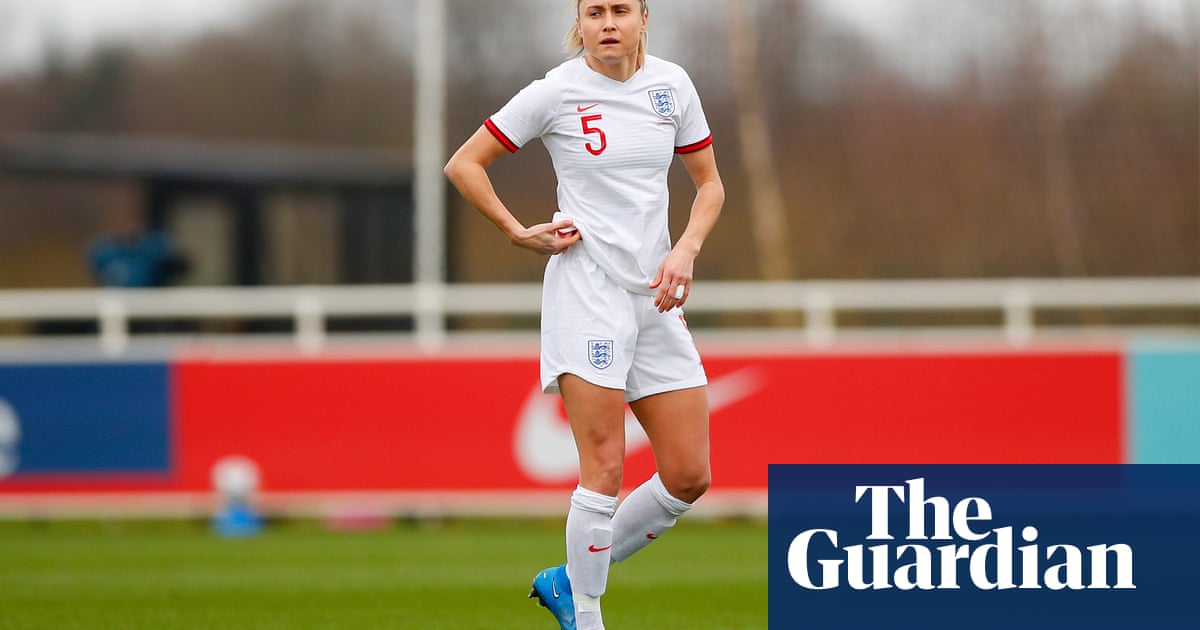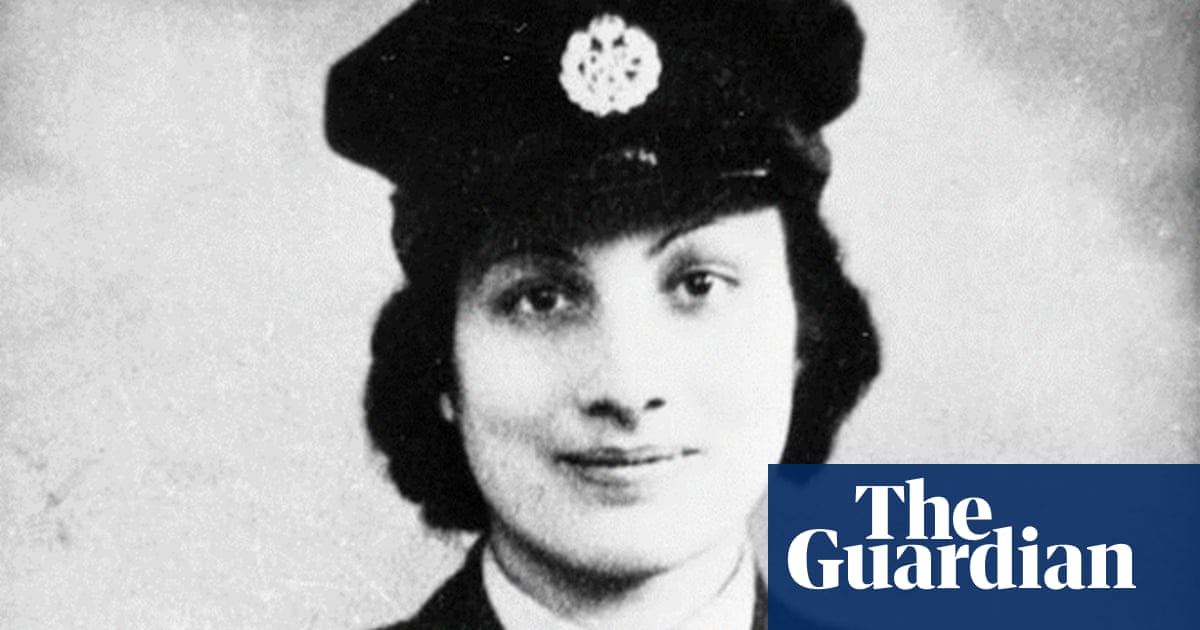
Football is all about creating dreams but even the most ambitious and imaginative young players require some initial inspiration.
Before they can begin envisaging being part of a trophy-winning team or start dreaming about scoring goals galore, budding Lionesses need role models to whom they can relate.
That is one of the many reasons why diversity is so important and why it is legitimate to question the England team’s whiteness. Doing so should not be seen as a criticism of a very good side or a very good manager in Sarina Wiegman but an acknowledgement that visibility matters.
Young girls who cannot see anyone who looks like they do lack heroines to emulate – and that matters.
Like England France have reached the quarter-finals of Euro 2022 but unlike the Lionesses their 23-woman squad contains 15 black or brown players. By contrast the Lionesses have only three black players: Jess Carter, Nikita Parris and Demi Stokes, with only Carter having, so far, had any game time.
There is clearly a problem – but it has nothing to do with Wiegman’s Euro 2022 team sheets and everything to do with the pathways leading players to the England squad.
The English female scouting system lacks sufficient bodies on the ground, the necessary resources and the imagination required to look in the right places. Why don’t chief scouts ask organisations like the charity Football Beyond Borders to help them identify gifted young players from non-conventional backgrounds?
Demographics also come into things. Some areas – the north-east for example – are much whiter than others. Even so, scouts do not seem to be identifying promising young black players in much more diverse regions. Are they not looking in the right places? Do laziness or groupthink draw them to search in similar places? Or is it also partly about the WSL’s establishment in 2010?
When I started playing, back in the days when the women’s game was still amateur, the London women’s teams, Arsenal, Chelsea, Charlton and Fulham, were quite diverse.
Perhaps strangely, that has changed since 2010. Most England internationals now represent professional, and largely white, WSL teams. This was something that really struck me when I joined newly promoted Aston Villa in 2020 and realised that with players like me, Jamaica’s Shania Hayles and Elisha N’Dow we were the WSL’s most diverse side.
Part of the problem stems from WSL teams having moved mainly to leafy new suburban or semi-rural training facilities away from cities in places like Surrey, Hertfordshire and Cheshire.
This is the norm for many of their parent men’s Premier League clubs who, perhaps understandably, believe women’s teams should train in the same type of places. What they may not have thought out is that there’s an awful lot less money in the women’s game and many young black girls, who often live in inner cities, can struggle to reach out-of-town training grounds.
Whereas a leading men’s club might arrange for a male academy player to be transported from school to training and then back home, that option almost certainly won’t be there for the girl whose parents are unable to ferry her back and forth. Young Premier League players are sometimes housed with host families able to create the right home environment to maximise their talent but, again, that does not happen to their WSL counterparts.
While no group is homogenous and it is wrong to buy into the received wisdom that all young black players are disadvantaged and live in inner cities – clearly a sweeping generalisation – the suburbanisation of training facilities has evidently limited opportunities for both black and white girls from working-class backgrounds. By way of further complication, some schools have been very slow to introduce football as an option for girls.
Another problem is the lack of black and brown faces on coaching staffs. I played for quite a few clubs over the years but, my former England manager Hope Powell apart, I never worked with a non‑white coach. That needs to change.
Some young black players were probably discouraged by the events of 2017 when the FA eventually apologised to Eni Aluko after her claims that England’s former manager Mark Sampson had directed racist comments towards her. When they saw Eni wasn’t believed at first, they maybe thought: “Why risk putting myself through that?”
Then there is the lack of understanding about cultural barriers in some black, Asian and minority communities where there are often a lot of different pressures for girls to conform to gender norms. For instance, when Sport England began encouraging people from the south-east Asian community to take up cycling it did not initially realise that, in that culture, cycling was synonymous with poor people and, consequently, looked down on. Once officials explained why cycling in England is regarded very differently, a positive response followed.
In football, too, coaches and administrators can sometimes be a bit lazy about understanding the cultural differences which would enable them to challenge perceptions and, sometimes, myths.
But visibility – or the lack of it – remains the biggest problem. I was doing some punditry for the BBC last week when the presenter, Eilidh Barbour, initiated a discussion about the Lionesses’ lack of diversity.
The Twitter backlash – with many users assuming, wrongly, we were criticising Wiegman’s England – suggested too many people are in denial about our diversity problem.
They don’t realise everybody needs to be able to dream.












